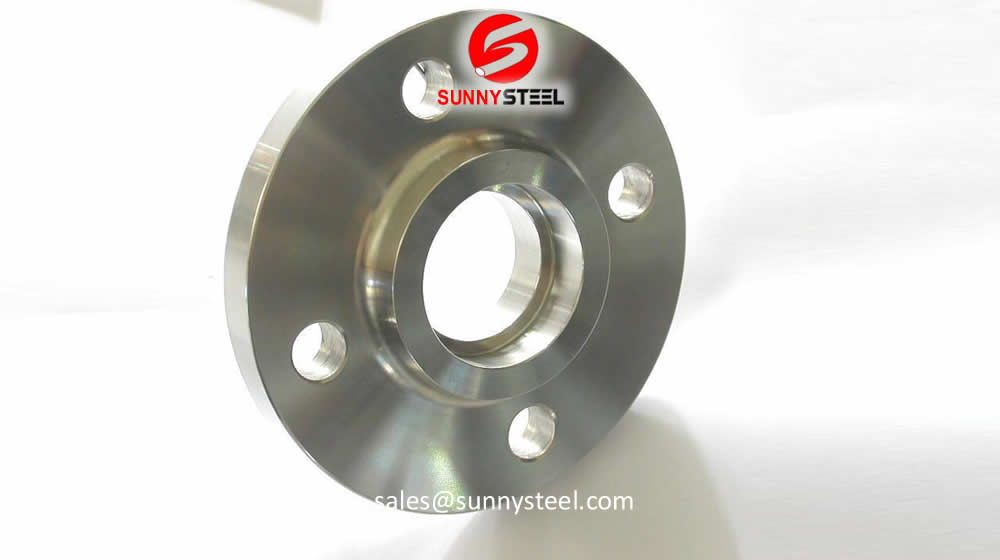Socket-Weld Flanges has a female socket in which pipe is fitted. Fillet welding is done from outside on the pipe.

The socket welding flange is similar to a slip-on flange except it has a bore and a counterbore dimension.
The counterbore is slightly larger than the O.D. of the matching pipe, allowing the pipe to be inserted into the flange similar to a slip-on flange.
The Socket Welding Flange is attached to the pipe by a fillet weld around the hub of the flange.
This is eliminates any restriction in flow when using a socket welding flange.
This flange type will be welded to a pipe or fitting with a single full penetration, V weld (Buttweld).
管子不需要斜weld preparation. Temporary tack welding is no needed for alignment, because in principle the fitting ensures proper alignment.
The weld metal can not penetrate into the bore of the pipe.
They can be used in place of threaded fittings, so the risk of leakage is much smaller. Radiography is not practical on the fillet weld; therefore correct fitting and welding is crucial. The fillet weld may be inspected by surface examination, magnetic particle (MP), or liquid penetrant (PT) examination methods.
Construction costs are lower than with butt-welded joints due to the lack of exacting fit-up requirements and elimination of special machining for butt weld end preparation.
Below you will find a short description and definition of each type, completed with an detailed image.
Our team is highly trained and experienced in servicing and producing all types of steel supplies.
